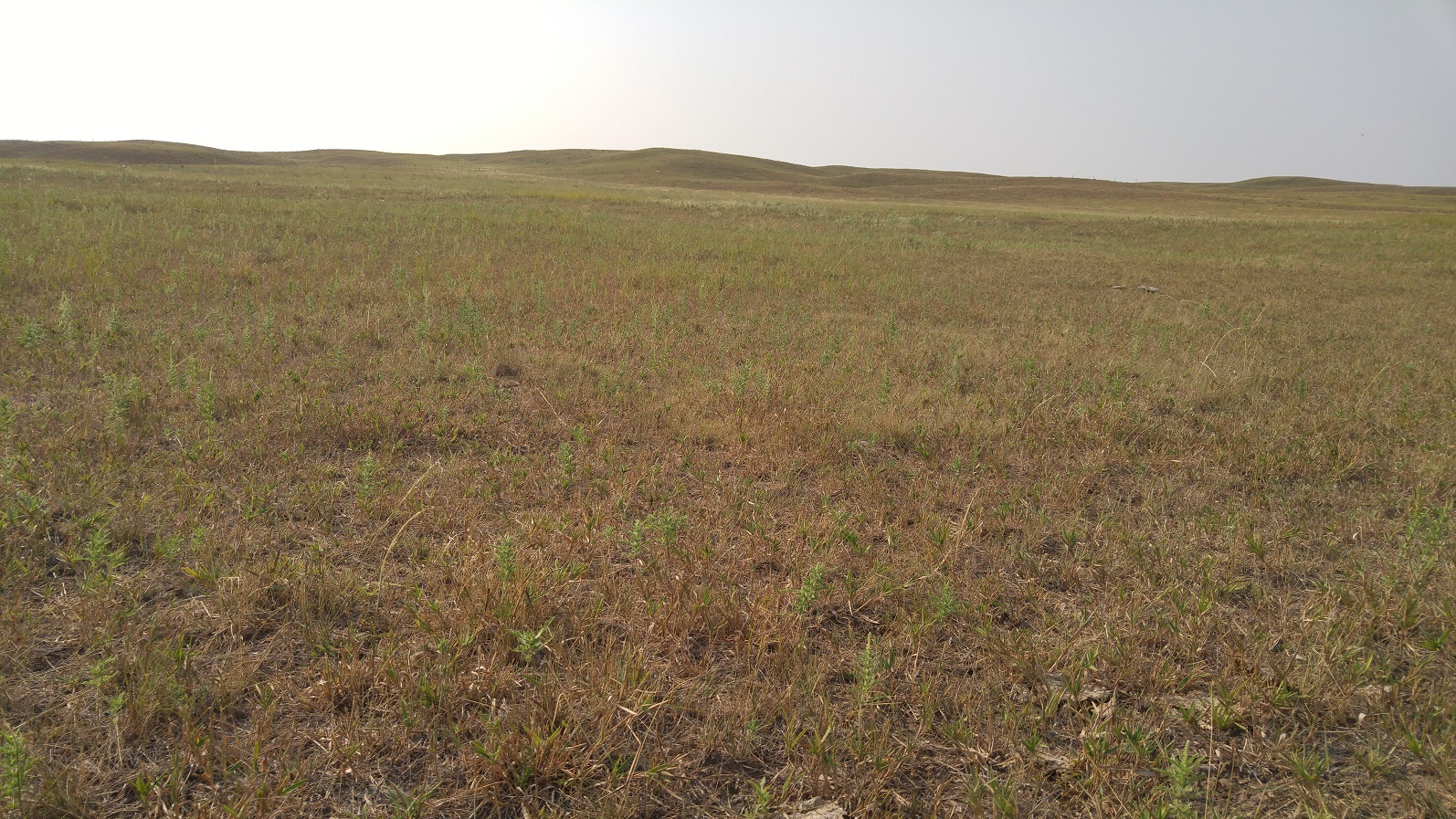Brad Schick, Nebraska Extension Educator

Fully utilizing a pasture doesn’t mean it should look like a golf course. If good grass is seen in the pasture when moving to another pasture, that is usually a good thing; that’s proper management. Even during drought or drier years, management can be done well. Trying to push pasture during drought years is especially hard on pasture and can have detrimental long-term effects. Many of our pastures are very resilient and have been through very tough times. Repeat or severe abuse will take over that resiliency.
One of the worst ramifications of overgrazing is damaged roots. Defoliation of leaves has a close relationship with root growth. Root growth is reduced when the grass tillers are grazed at all, which is why the defoliation period and recovery period must be managed. Repeated defoliation and more than 50% removal begins to set plants back. Without leaf area, plants are not able to capture sunlight and photosynthesize. They then must pull from the stored nutrients in the roots to assist in producing more leaves. If continued, the roots stop growth even more. This also means when rain comes, plants can’t use it as well and some water is wasted. With a smaller root system, access to nutrients becomes limited as well. If a plant is defoliated more than 80%, the roots may stop growing for about 12 days. This can cause plant death and can happen in just one year.
Soil compaction can occur with overgrazing which further affects runoff and water use and infiltration. In years when the grass is simply short due to rainfall or temperature, soil compaction probably isn’t going to be as big of an issue.
Species composition will also begin to shift with continued overgrazing and this can start in just two years of overgrazing. Species usually shift to shorter rooted and shorter growing plants. In a bromegrass or mixed pasture, Kentucky bluegrass, downy brome, and buffalo grass will begin to invade. Additionally, many undesirable and noxious weeds and forbs will begin to move in as well.
Moreover, pasture production and animal performance will decline, soil erosion will become more frequent and unproductive areas around water will become larger. During drought years, the quality of the forage may indeed be quite high, but the lack of quantity and the other negative effects outweigh the potential better quality.
What can be done? Make sure to monitor pastures and have back-up plans if pasture condition begins to decline. Drylotting, weaning early, culling early, or providing hay in the pasture are all ways to help save pastures. A pasture can be pushed a little harder if rotational grazing is already in place. Smooth bromegrass pastures are pretty forgiving, but they are prone to negative long-term problems if grazing pressure is excessive for several years. A pasture is not a holding pen unless that is actually a management decision that has already been made and the tradeoffs are known. If the pasture has already gone dormant due to drought, it can be grazed harder because the damage of the drought has already been done.
Don’t make a hasty or easy decision turn into a long-term mistake. The easy decision should be to keep the pasture productive for years to come.
Interviews with the authors of BeefWatch newsletter articles become available throughout the month of publication and are accessible at https://go.unl.edu/podcast.
University of Nebraska-Lincoln
